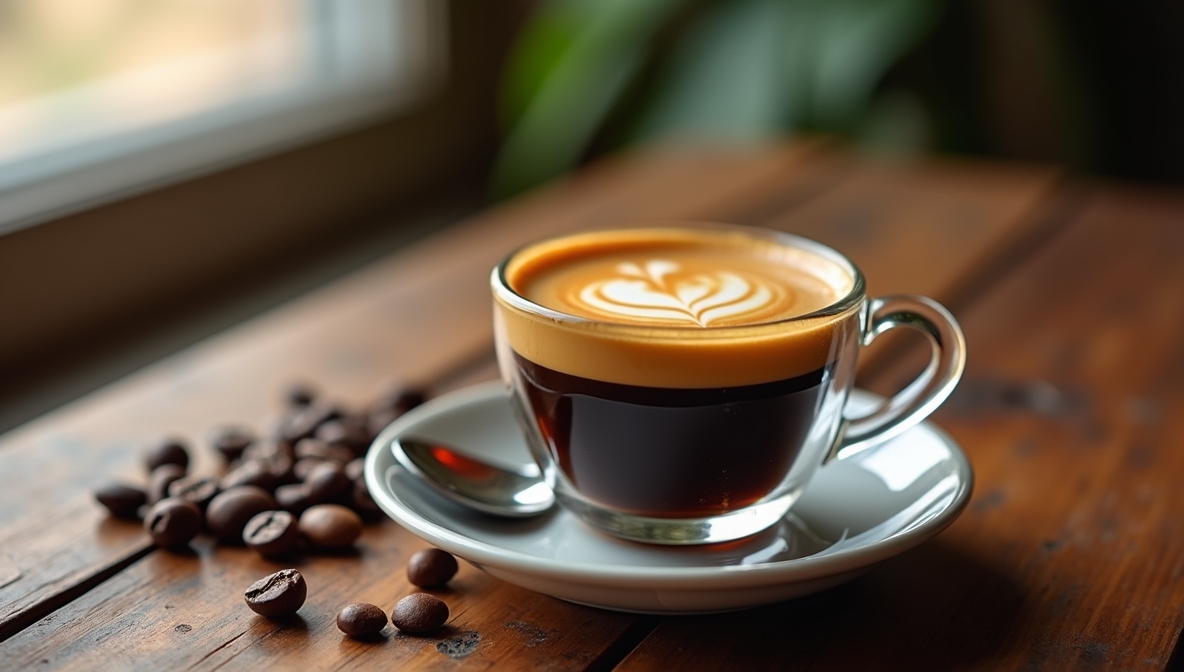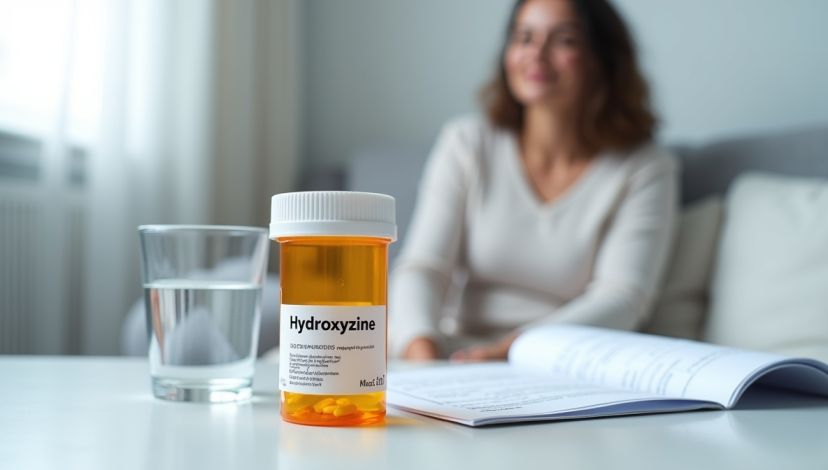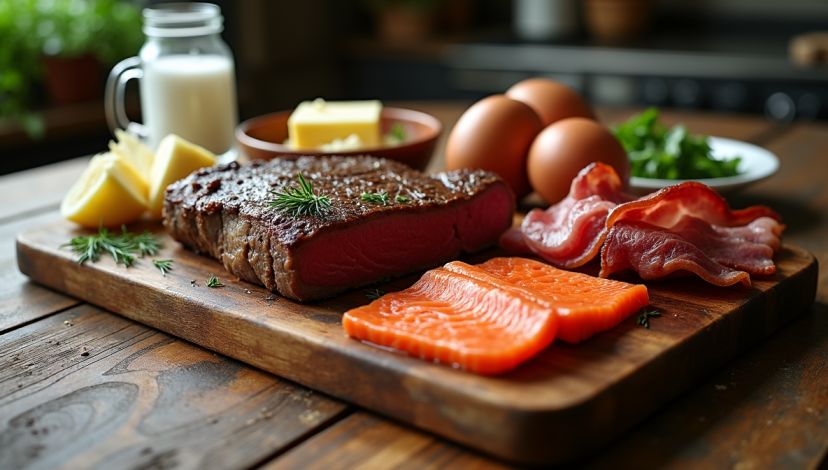Espresso is a coffee drink of desire to many people who are fond of its rich flavor and high range caffeine rush. You may have asked yourself the exact amount of caffeine content in a shot of espresso, though? Knowing the amount of caffeine will enable better decision-making when it comes to taking your coffee to give yourself a mild buzz or a strong kick to wake up. An average single shot of espresso will have around 63 milligrams of caffeine, but this varies vastly depending on many criteria such as type of bean, roast profile, brewing technique, etc.
These are the three main things that should be remembered:
- An average of 40-80 mg of caffeine is considered per shot of espresso.
- The caffeine concentration of espresso beats that of regular brewed coffee by number of ounces to ounce.
- The kind of coffee bean and the degree of roasting influence the concentration of caffeine a lot.
How Is The Caffeine Content In a Shot Of Espresso Influenced?
The level of caffeine in your espresso shot is never fixed; there are a lot of variables. To begin with, much of the role is attributed to the kind of coffee beans used. Less bitter, strong Robusta beans are smoother and sweeter than Arabica, which has only half of the amount of caffeine. There are numerous espresso mixes that include both of them to moderate taste and caffeine content.
The level of roast also counts. Although popular wisdom holds that the more darkly roasted coffee is, the greater the amount of caffeine, in fact, the opposite is true, and light roasts usually contain a little more caffeine than the darker roasts, because some caffeine is lost during the roasting process. The extraction time is dependent on the grind size as well as the packing density of the coffee ground (tamping) and hence its caffeine level. Tighter tamping as well as finer grinds tend to result in the extraction of more caffeine.
There is also an influence of water temperature and volume variables on the extraction of caffeine. The use of hotter water and a measured portion makes it work well to transfer caffeine during the 20-30 seconds required to pull a shot. All these factors together are the reason why the content of caffeine in a shot can vary between approximately 30 mg and more than 100 mg.
What is The Difference Between Espresso Caffeine and Regular Coffee?
Although espresso is known to deliver a caffeine dose, an 8-ounce cup of brewed coffee usually has more total caffeine than a single cup of espresso. To offer a group example, a normal drip coffee cup contains approximately 96 mg of caffeine, with vital contrast to the nearly 63 mg in a 1-ounce shot of coffee.
Espresso is, however, so much more concentrated. It also has approximately 63 mg of caffeine in an ounce, whereas a brewed coffee has merely approximately 12 mg in an ounce. This implies that espresso has proportionally less amounts of caffeine, so it feels stronger and quicker. Human beings tend to ingest the espresso in a short period, hence the caffeine reaches the system, but coffee is taken slowly.
| Beverage Type | Serving Size | Caffeine Content (mg) | Caffeine per Ounce (mg) |
|---|---|---|---|
| Espresso (single) | 1 oz | 63 | 63 |
| Brewed Coffee | 8 oz | 96 | 12 |
| Double Espresso | 2 oz | 126 | 63 |
Warning: Caffeine amount may differ depending on a brand and method of preparation.
What is the amount of caffeine in several shots of espresso?
Most coffee beverages have multiple shots of espresso. An example of this is a doppio (double shot), which contains approximately 126 mg of caffeine, which is a little or just slightly the same amount as a cup of drip coffee. Recent studies indicate that a triple shot provides up to 189 mg of caffeine, whereas a quad shot can produce up to 252 mg.
| Number of Shots | Approximate Caffeine (mg) | Common Drinks |
|---|---|---|
| 1 Shot | 63 | Espresso |
| 2 Shots (Doppio) | 126 | Small/medium latte, cappuccino |
| 3 Shots | 189 | Large latte, Americano |
| 4 Shots | 252 | Extra strong espresso-based drinks |
Remember that higher amounts of caffeine are taken faster when multiple shots are drunk; this can lead to jitters, or an annoying feeling in case of sensitive ones.
Note: Caffeine FDA has set the daily dose to 400 mg per day in most adults.
Why Does Espresso Taste Stronger Where There is Less Caffeine?
It may occur to you why espresso has a stronger effect compared to coffee, though it commonly having less caffeine in total. The thing is that it depends on the amount of caffeine and the rate of drinking. The caffeine that can be found in espresso is condensed into a small amount, and espresso is drunk fast, which results in a sudden increase in caffeine in your blood.
Conversely, coffee is set in a larger volume and sipped slowly, which yields a slower effect of caffeine. That is why espresso can make you experience a high energy level even after it contains fewer amounts of caffeine in the coffee.
The Definite Way to Deal with Caffeine Ingestion when Taking Espresso?
Suppose that you need to control the usage of caffeine, yet you still want to have an espresso try the following pieces of advice:
- Various coffees that contain low quantities of Robusta should be chosen or English coffee should be used (Arabica beans).
- To consume a little bit more caffeine, choose lighter roasts, or to receive less, go to darker roasts.
- Regulate the amount of shots of espresso in a drink.
- If you are making espresso at home, then experiment with grind size and tamping pressure.
- Pay attention to the time you use espresso so as not to disturb your sleep.
Having information on these factors, you will be able to use espresso according to your caffeine requirements, enjoying it and not abusing it.
Conclusion
A single shot of espresso is a potent vitamin B12 drug and is generally recognized to contain about 63 milligrams of caffeine per ounce; however, the amount varies greatly with the quality of beans, roast, and brew method. Espresso contains a stronger caffeine content per serving as compared to standard coffee, hence exhibiting high-intensity and immediate-onset caffeine. Several shots add a lot of caffeine in the body, and it is better to be moderate. The amount of caffeine in a shot of espresso is helpful so that you will not only drink coffee safely but also efficiently.
Note: People have different sensitivities to caffeine, and you should pay attention to your body.
FAQ’s
1. What is the quantity of caffeine in one shot of espresso?
It averages about 63 milligrams on average and may have a range of 40-80 mg.
2. Are there more caffeine than regular coffees in espresso?
It costs as much as 30 cents per ounce. However, a coffee cup that has been filled full in general has more caffeine.
3. What is the maximum allowed amount of shots of espresso a day?
The dose of caffeine which is usually safe is 400 milligrams per day or approximately 6 single shots.
4. Does the quality of coffee beans influence caffeine in espresso?
Yes, Robusta beans contain almost twice as much caffeine as compared to Arabica beans.
5. Why do you feel that espresso tastes stronger than coffee?
Since it contains more caffeine and is ingested too fast, it induces a quicker caffeine effect.




